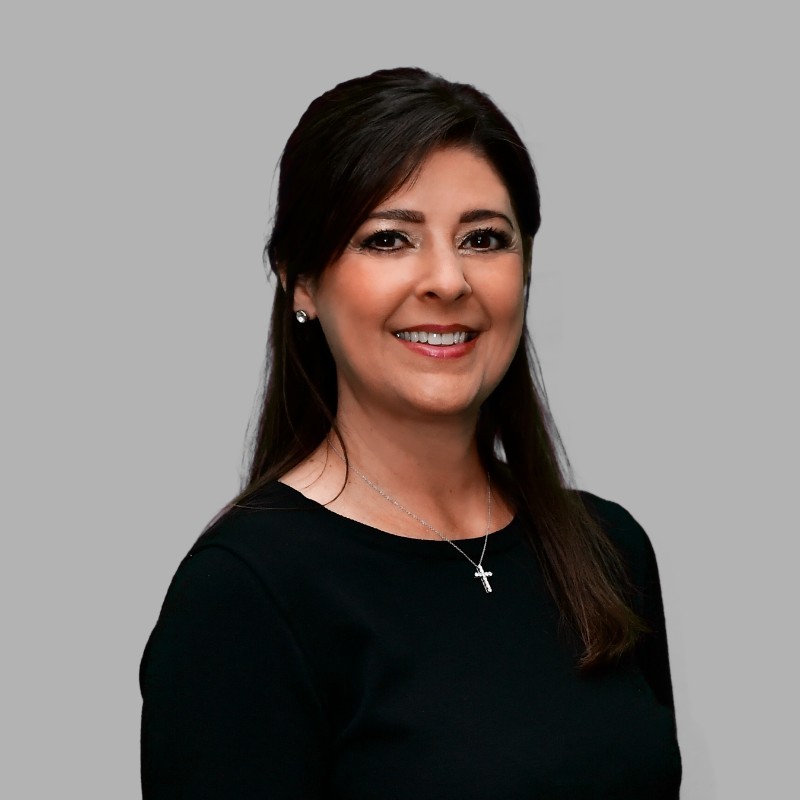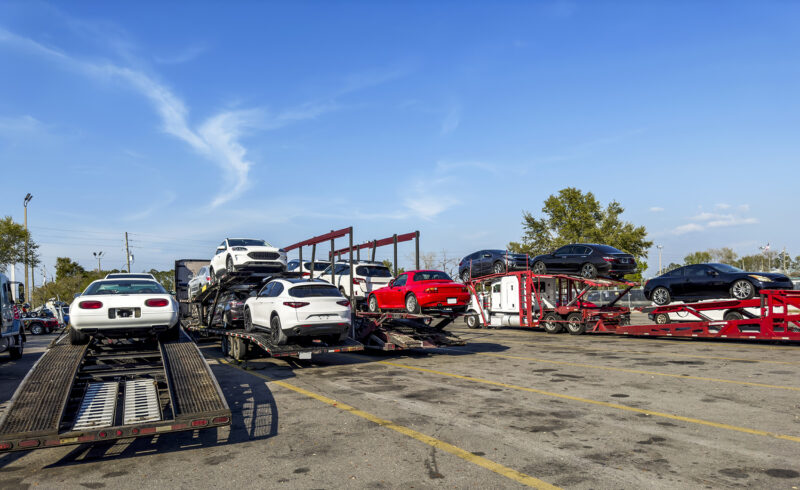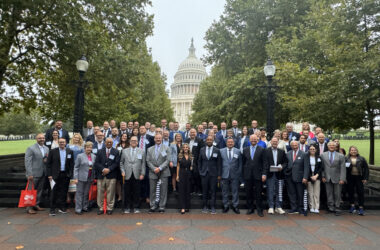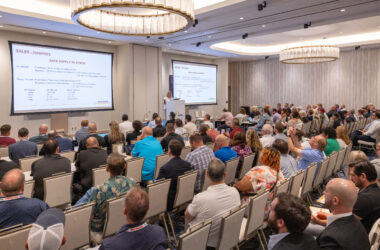As I reflect on when I started in the BHPH industry and “the way things used to be,” I am amazed at the efficiencies we have picked up in the last few years. Technological innovation, data-driven processes, improved compliance reporting and the overall sales approach process have made us better.

One of the biggest efficiencies I have noticed is in inventory on hand. I remember the days when I would determine the amount of necessary inventory on hand by simply doubling my sales goal for the month. If I wanted to sell 100 cars this month, I needed to have 200 cars on the lot.
Due to the declining availability of cars over the past few years, we learned how to meet our sales goal with fewer vehicles. As a result, we have picked up savings in floorplan interest, recon costs, and labor costs.
Today we have half the number of vehicles on our lots, and we are selling the same number of cars. That means our inventory costs have gone down. I am not saying that we just cut the number of vehicles in inventory and the savings rolled in. We had to make changes to our recon process as well.
I am reminded of the just-in-time purchasing model with lean manufacturing. To reduce inventory costs, we needed to replace sold units with “Front-line ready” units immediately. To do this, we monitored the following:
• Number of vehicles on the line, ready for sale
• Number of vehicles in recon and when they will be ready for sale
• Number of vehicles coming back to us through repossession
• Number of vehicles we need to purchase to maintain the proper number of vehicles in recon
This was no easy task. My old “double your monthly sales and that is the number of cars we need on the lot” method was no longer realistic. We had to review the number of cars on the front line and review the type of vehicle that is selling most often. From there, we developed a lot plan and reviewed the number of each vehicle category we had in recon, including repossessions that have been flagged for reconditioning. This allowed us to isolate the type of vehicles we needed to purchase to have our optimum inventory level.
Today we monitor our vehicles sold and compare that to our vehicles coming out of recon to determine the number and type of vehicles we will purchase at auction. I am amazed at how much we have saved on costs associated with the inventory acquisition process. I am also amazed at our ability to meet our customers’ desire for different vehicle categories at the time of purchase.
I hope we never experience the difficulties of these past few years again, however, I am grateful for the lessons I learned while navigating it. We are a better, more efficient company today. I doubt we would have made the same changes if we were not forced to.
April Hanson will be a speaker at the NIADA Convention and Expo. See her article in the March issue of UCD.










